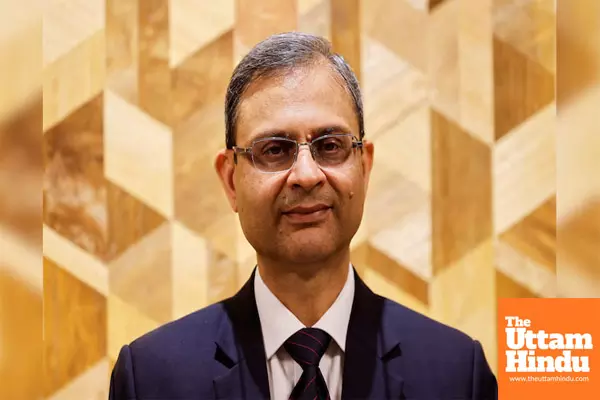
RBI Governor Malhotra Faces Critical Decision on Consumer Credit and Economic Inequality

New Delhi (The Uttam Hindu): Sanjay Malhotra, the new Reserve Bank of India (RBI) governor, has taken a significant step in unwinding some of the hawkish controls implemented by his predecessor, Shaktikanta Das, to curb the consumer credit boom. Malhotra’s decision to lower capital requirements on loans to better-rated nonbanking financial companies and reduce the risk weights on microfinance loans comes at a crucial time as India’s economic growth slows. Effective April 1, these changes are expected to free up capital for banks, potentially boosting their lending and reversing the downtrend in credit to shadow lenders. This move aims to stimulate growth amid a slowing GDP, projected at 6.5% for the year ending March 31, down from 9.2% in the previous year.
However, this shift comes with risks. While easing credit could provide short-term relief to a struggling economy, there is a deeper issue at play—India’s rising consumer debt, particularly in the lower-income segments. The country has seen a sharp increase in small-ticket loans, with 122 million advances of less than 100,000 rupees issued in the past year, compared to just 2.5 million eight years ago. While this surge has been fueled by rapid digitization, which has made credit more accessible, it has also significantly increased household liabilities. This credit expansion is primarily driven by India’s wealthiest households, whose consumption powers the economy, while the middle class struggles to keep up with aspirations fueled by their richer counterparts.
A structural flaw is emerging in the economy. The richest 30 million households are propelling economic growth, while the next 70 million are trying to mimic their spending habits despite earning far less. The remaining 200 million families—often living on the edge of survival—are relying on credit to make ends meet, deepening inequality. The wealth generated by the top tier of earners is being funneled back into the system, primarily through interest payments on loans made to the less affluent, exacerbating the wealth gap.
Malhotra’s actions, while timely, are only a temporary fix to an underlying issue of inequality. The rise in small-ticket loans, especially microfinance, is indicative of a system where the wealthy are growing wealthier while the middle and lower classes struggle with stagnant wages and rising debt. The microfinance sector, which has faced crises every few years, is now seeing increased anxiety among borrowers, especially women who are at the forefront of microfinance lending.
The RBI's move to lower risk weights on microfinance loans might provide short-term benefits, but Malhotra must remain cautious of the long-term risks of pushing more credit into a deeply unequal system. The larger issue of economic disparity—rooted in poor wages, job insecurity, and the failure of the government to address inequality—remains unresolved. Malhotra could advise policymakers in New Delhi to focus on tackling the structural inequality that undermines the economy before pursuing the dream of a developed society. The rest of the solution rests with the government.

